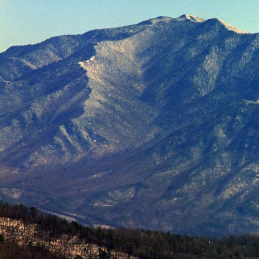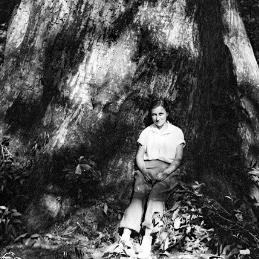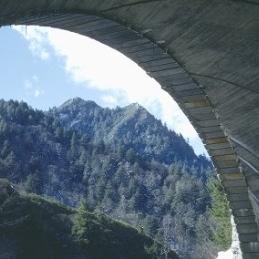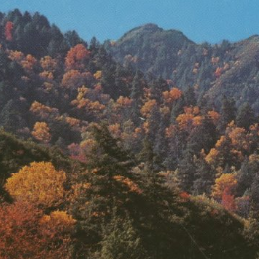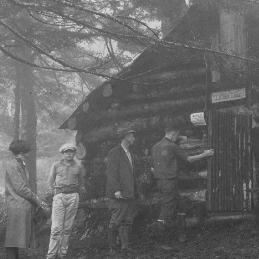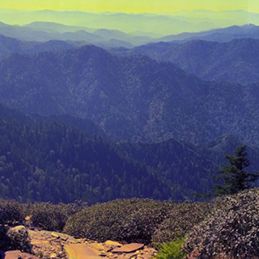Browse
Bear Research: A Compilation of Program Literature; Bear Research. Knoxville, TN: Department of Forestry, Wildlife and Fisheries, University of Tennessee, Undated.
A Compilation of Program Literature; Bear Research. Knoxville, TN: Department of Forestry, Wildlife and Fisheries, University of Tennessee, Undated.
A spatial analysis of management techniques used on nuisance black bears in Great Smoky Mountains National Park, USA (1990-2015) In Department of Geography. Vol. Master of Science in Geography. Tuscaloosa, AL: The University of Alabama, 2016.
Bear in the Back Seat II: Adventures of a Wildlife Ranger in the Great Smoky Mountains National Park. Vol. II. Jourdain Michael, 2014.
Spatio-Temporal Factors Affecting Human-Black Bear Interactions in Great Smoky Mountains National Park In Department of Environmental Conservation. Vol. Master of Science. University of Massachusetts Amherst, 2014.
"Using stable isotopes to assess dietary changes of American black bears from 1980 to 2001." Isotopes in Environmental & Health Studies 50, no. 3 (2014): 382-398.
Bear in the Back Seat: Adventures of a Wildlife Ranger in the Great Smoky Mountains National Park. Vol. I. Jourdain Michael, 2013.
Black Bears In Falcon Pocket Guide. Falcon Guides, 2013.
"Effects of Sampling Conditions on DNA-Based Estimates of American Black Bear Abundance." The Journal of Wildlife Management 77, no. 3 (2013).
"Great Smoky Mountains: Lush Forests, Falls and Black Bears." USA Today (2013).
Seasonal Changes in White Adipose Tissue in American Black Bears (Ursus americanus). Knoxville, TN: University of Tennessee, 2013.
Wildlife Watching in America's National Parks: A Seasonal Guide. Texas A&M University Press, 2013.
"Assessing Longitudinal Diet Patterns of Black Bears in Great Smoky Mountains National Park Using Stable Nitrogen Isotopes." International Bear News 21, no. 1 (2012): 37-38.
"Saving the Smokies' Bears." National Parks (2012).
"Bear Encounters: Bears on the Prowl for Food Lead to Increased Sightings." Smoky Mountain News (2011).
"Effects of Black Bear Relocation on Elk Calf Recruitment at Great Smoky Mountains National Park." Journal of Wildlife Management 75, no. 5 (2011): 1145-1154.
"Soft Mast Failure in Park Makes for Busy Bear Summer." Knoxville News Sentinel (2011).
Bears We've Met : Short Stories of Close Encounters. Bloomington, IN: Authorhouse, 2010.
Effect of Subsampling Genotyped Hair Samples on Model Averaging to Estimate Black Bear Population Abundance and Density In Wildlife and Fisheries Science. Knoxville, Tennessee: University of Tennessee, 2010.
Frequently Asked Questions About Smoky Mountain Black Bears. Great Smoky Mountains Association, 2010.
Season of the Bear: Volume III, True Bear Stories. Kate Marshall Graphics, 2010.
3000 Miles in the Great Smokies. Charleston, SC: History Press, 2009.
Black Bear Relocation as a Method to Reduce Elk Calf Predation within the Great Smoky Mountains National Park. Knoxville, Tennessee: University of Tennessee, 2009.
"Smoky and the Bears." The Saturday Evening Post (2009).
"Challenges of DNA-Based Mark-Recapture Studies of American Black Bears." The Journal of Wildlife Management 72, no. 4 (2008): 1035-1042.
















